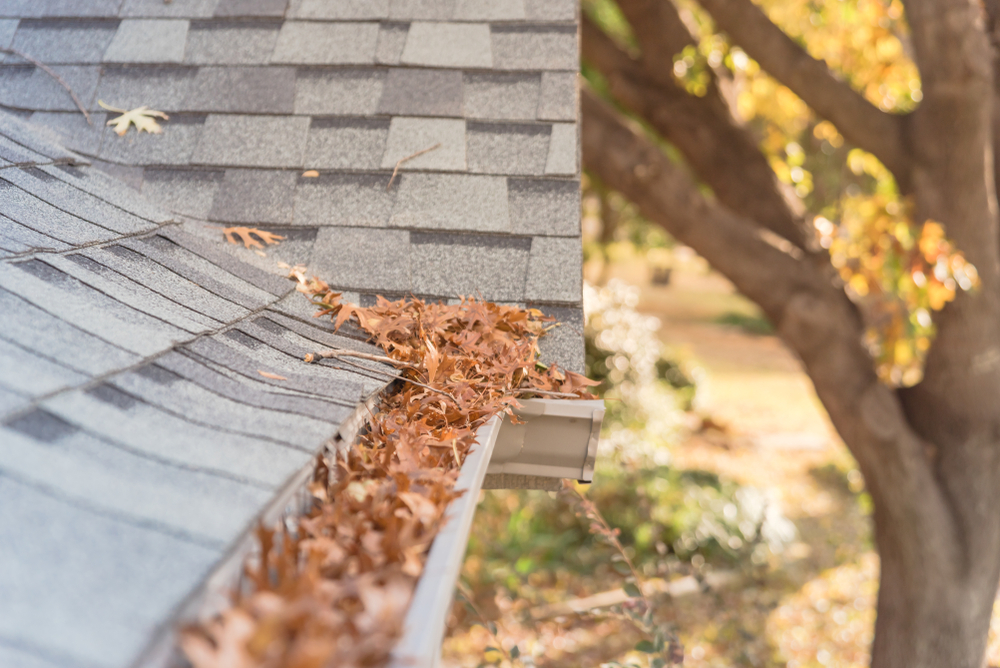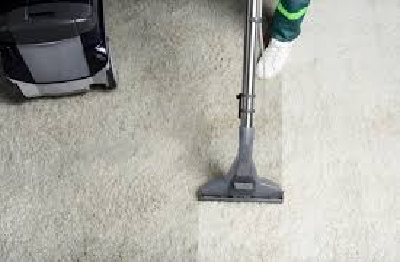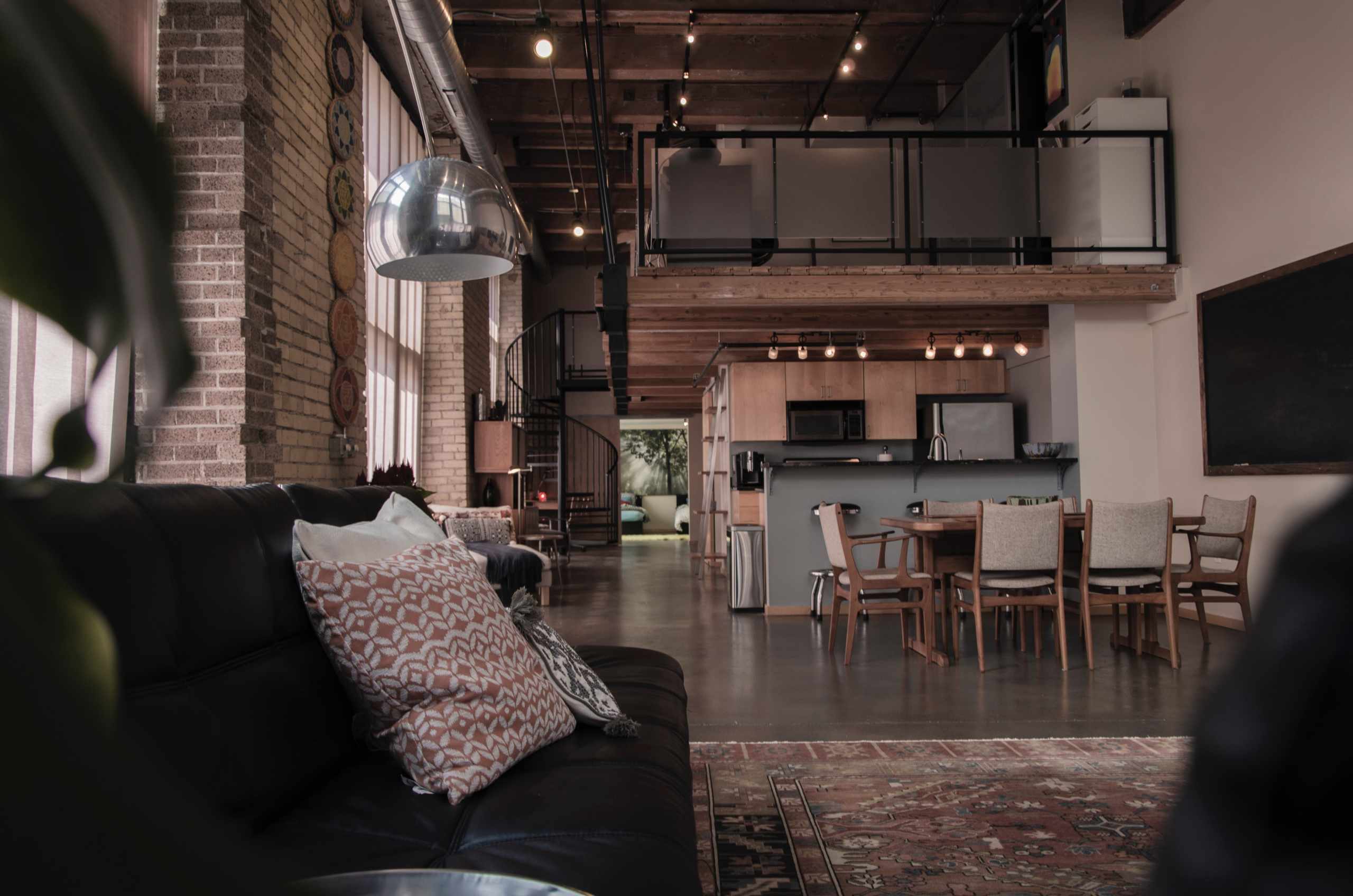Houses, like anything, are prone to wear and tear problems, with some household issues being more common than others. One of the most common issues that people rarely talk about is damp. It’s often seen as an embarrassing problem to have because the wet walls and mold can look and smell unclean, but it’s actually extremely common. In fact, in the UK, as much as half of the population are living in damp houses, largely due to the wet climate and materials used in house construction.
Luckily, a lot of damp issues can be quickly fixed with a few minor tweaks and changes to your house and your living habits, meaning damp doesn’t need to be an embarrassing problem or even a big deal. To help you solve your damp issues, you need to better understand what might be causing them. Here are five of the most common reasons your house might be damp.
- You have a leak in your roof
One of the top reasons houses get damp is due to a hole somewhere that is letting in water, moisture, and cold, damp air. The most obvious place where there might be a hole is the roof. Oftentimes, if this is the case, you may not realize until your house already has damp in, largely due to the fact most people don’t tend to check their roof regularly, and it’s not immediately obvious if there’s a hole unless a problem arises.
Making the effort to check your roof every few months should help you identify any loose tiles and prevent a hole appearing, but the good news is, if this is the cause of damp in your house, simply replacing the broken roof tile should solve the issue.
- You’re not ventilating your house enough
Condensation is the main type of damp that houses suffer from, but it’s the easiest of all the fix. It’s typically found in kitchens and bathrooms, though it can occur around windows and doors throughout your home if you don’t properly ventilate. To avoid getting condensation, make sure you open your windows every day, even if it’s just for 10 minutes. This will allow fresh, clean air to circulate and reduce moisture in the air.
You should also look to install extractor fans in your kitchen and bathroom if you don’t already one. Combined with leaving the window open to let the steam out, this will greatly reduce the chances of condensation causing mold in your house.
- You have items leaning against your exterior wall
Your house is built with something called a DPC (damp proof course) which sits a few bricks above ground level. Its job is to stop groundwater causing rising damp, but if you have items in your garden leaning against your home’s exterior wall, you’ll bridge the DPC and cause penetrating damp. The solution to this is to keep objects away from your home’s walls.
- Your guttering is compromised
Another extremely common cause of damp is broken guttering. When you’re checking your roof, make sure you check your gutters and remove any debris or blockages as this could cause penetrating damp within your home.
- You have cavity wall insulation
Cavity wall insulation can cause extensive damp problems, especially in damp climates where there’s a lot of rain. If you’ve tried all of the above and still seem to have damp in your home, it could be that you have cavity wall insulation. In this case, call a specialist to identify the root cause and find the best remedy to the issue.




